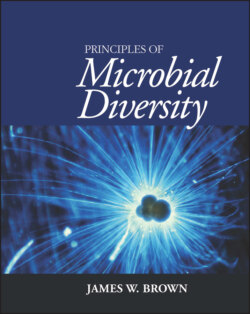Читать книгу Principles of Microbial Diversity - James W. Brown - Страница 79
Maximum likelihood
ОглавлениеThe maximum-likelihood method turns the tree construction process on its head, starting with a cluster analysis to generate a “guide” tree, from which a very complete substitution model is calculated. The algorithm then goes back and calculates the likelihood of any particular tree by summing the probabilities of all of the possible intermediates required to get to the observed sequences. Rather than try to calculate this for all possible trees, a heuristic search is used starting with the guide tree. Sound complicated? It is, and maximum-likelihood tree construction is by far the most computationally intensive of the methods in common use. However, it is generally also the best, in the sense that the trees are more consistent and robust. The limitation is that fewer and shorter sequences can be analyzed by the maximum-likelihood method because of its computational demands. A tree that might take a few seconds by neighbor joining or a few minutes by parsimony or Fitch can take a few hours or a couple of days by maximum likelihood. This is serious; it means that you cannot usually “play” with trees, testing various changes in the data or treeing parameters and seeing the result immediately.
